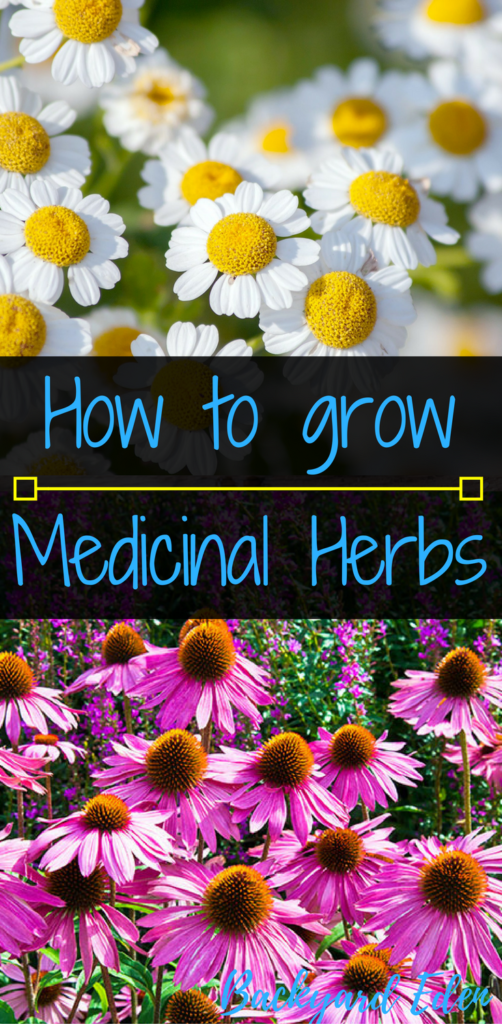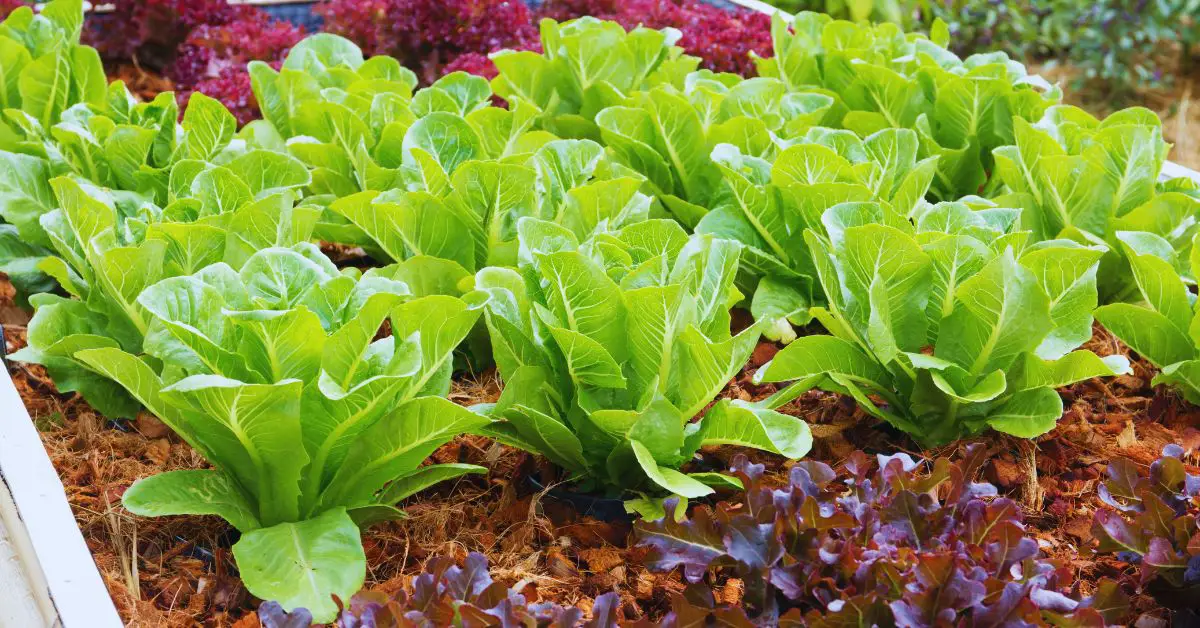How to grow medicinal herbs
Wouldn’t it be great to have your own medicinal herb garden? It can be awesome to have medicinal herbs ready when you need them. It can actually be quite easy! So easy that you can have a medicinal herb garden on your balcony. These are herbs you can use to make healing tinctures, teas and so much more. Read on to learn more about how to grow medicinal herbs!
How to grow medicinal herbs: Growing medicinal herbs is easy
How to grow medicinal herbs: Getting started
Most medicinal herbs are easy to grow. In fact, one of the best ways is to grow them if you are short on space – is in containers. Generally, you won’t need a lot of one particular herb, so one or two containers is usually enough. Once you’ve chosen your medicinal herbs, just combine them in a single container with soil. You can also integrate your medicinal herbs into your perennial beds. Many are fragrant, grow beautiful flowers and have interesting foliage that will enhance your landscape.
Choosing medicinal herbs
North America has a variety of medicinal plants that can help relieve pain and even cure illness. You may be accustomed to using herbal medicines for your own personal health needs. Studying the medicinal teas or ready-prepared natural remedies you use most often is the best way to become acquainted with medicinal plants and how they work.
In the meantime, here are three of our favorite herbs you may want to include in your own medicinal herb garden.
Echinacea
Echinacea is probably one of the most popular medicinal herbs today. Once known as the cure for the common cold, now Echinacea is recognized for its multiple uses and benefits. Native to North America, it’s been used in traditional medicine for hundreds of years.
In fact, in the 18th and 19th century it was considered a “cure-all” herb. But, its popularity declined in the U.S. with the introduction of antibiotics. There are nine different species of echinacea, but only three contain medicinal value: Echinacea angustifolia, Echinacea pallida and Echinacea Purpurea.
Benefits
Echinacea not only shortens the duration of a cold, but will also reduce the odds of developing a cold. Echinacea contains active substances that boost immune function, relieve pain and reduce inflammation. It’s also said to have hormonal, antiviral and antioxidant properties.
How to grow echinacea
Growing echinacea is easy! Echinacea is a lovely perennial flower that will brighten your herb garden. It has tall stems and commonly bears a single pink or purple flower, and a central purple or brown cone. There are some other colors of Echinacea available through different seed suppliers.
- Echinacea grows best in soil that drains well.
- An initial light fertilizing is beneficial, but not necessary after that.
- Water echinacea regularly until it is well established in the ground. Later, you will rarely need to water it. In fact, they won’t thrive if overwatered.
- Harvest the flowers or leaves right after they begin to bloom and cut each stem where the first set of leaves grow.
- Rinse the flowers and then hang them to dry or lay them flat on a screen.
Related: How to dry herbs at home
Echinacea contains several vitamins including A, B-complex and E. It also contains several minerals including magnesium, calcium, iron, potassium and sodium. Enjoy Echinacea as a tea by simmering half a cup fresh or a quarter cup dried leaves, roots and flowers in one cup of filtered water for about 15 minutes. Strain and add raw honey to taste.
Feverfew
Feverfew is another highly beneficial herb that is easy to grow and maintain. It’s a species of chrysanthemum that has been grown among medicinal herbs for centuries. Native to central and southern Europe, it grows well throughout North America.
How to grow feverfew
Feverfew has small, white, daisy-like flowers with bright yellow centers. Whether in a container or in the garden, feverfew needs sun to thrive.
- Like Echinacea, Feverfew is a perennial. So, cut it back to the ground after frost, and watch it return in the spring.
- Water regularly until the roots take hold.
- It will re-seed easily. So, if not in a container, choose an area in the garden where you don’t mind it spreading.
- Feverfew blooms between July and October.
Feverfew is quite bitter. Therefore, it’s not recommended for using in tea. The best way to use fresh feverfew is to chew two or three fresh leaves per day.
Note: If you are allergic to plants in the ragweed family, you may want to avoid this herb.
Mint
Mint is another one of our favorite herbs to grow on our sustainable urban homestead. It can be used in a multitude of ways and can make for a delicious addition to food and drinks. Mint comes in a variety of different flavors but here are just a few:
- Apple/pineapple mint
- Corsican mint
- Pennyroyal
- Peppermint
- Citrus mint
- Spearmint
- Chocolate Mint
How to grow mint
- Mint is a vigorous perennial that thrives in light, moist soil with good drainage.
- Some shade in tolerated. The multicolored varieties may require some protection from direct sun.
- Use container planting since mint tends to take over a garden.
- Apply a thin layer of compost or organic fertilizer every few months.
Try adding mint to your smoothies, or enjoy a cup of tea made with five to 10 large leaves. Just simply tear the leaves before placing in your mug. Then bruise them for a few seconds with the back of a wood spoon. Pour hot (not boiling) water over the leaves and allow your tea to steep for five to 10 minutes. If tea isn’t your thing – then try a fresh sprig in a homemade glass of lemonade!
Tip: Mint is a plant that will take over your garden if you do not control it. I highly recommend growing mint in a container because it will spread.
If you like this article on how to grow medicinal herbs , please share it on social media and with friends. For all the latest recipes, container gardening tips and growing guides subscribe to our newsletter in sidebar.
Also, check out our article on What are the best herbs to grow? or How to prepare your herb bed for winter!
Be sure to Like us on Facebook and Follow us on Instagram, Twitter, and Pinterest!







